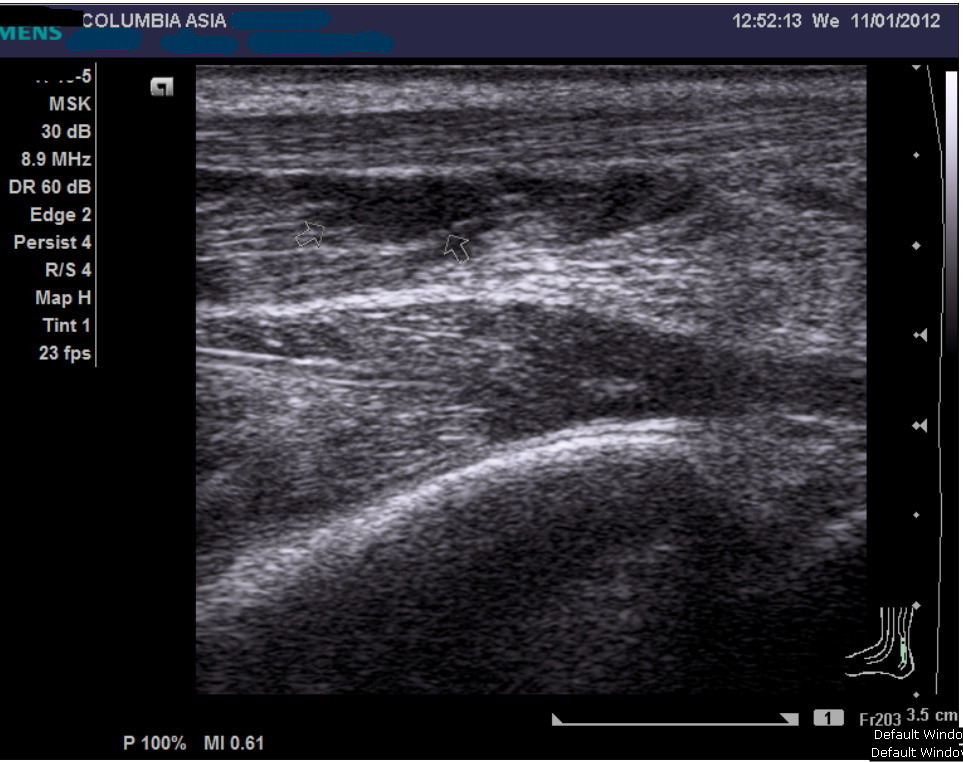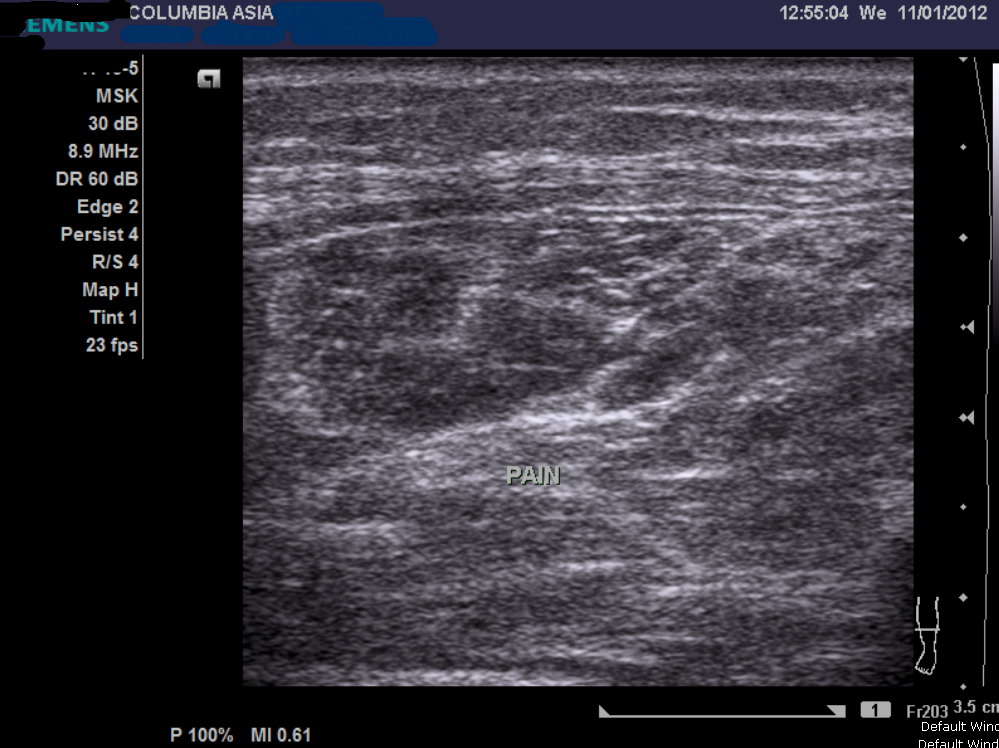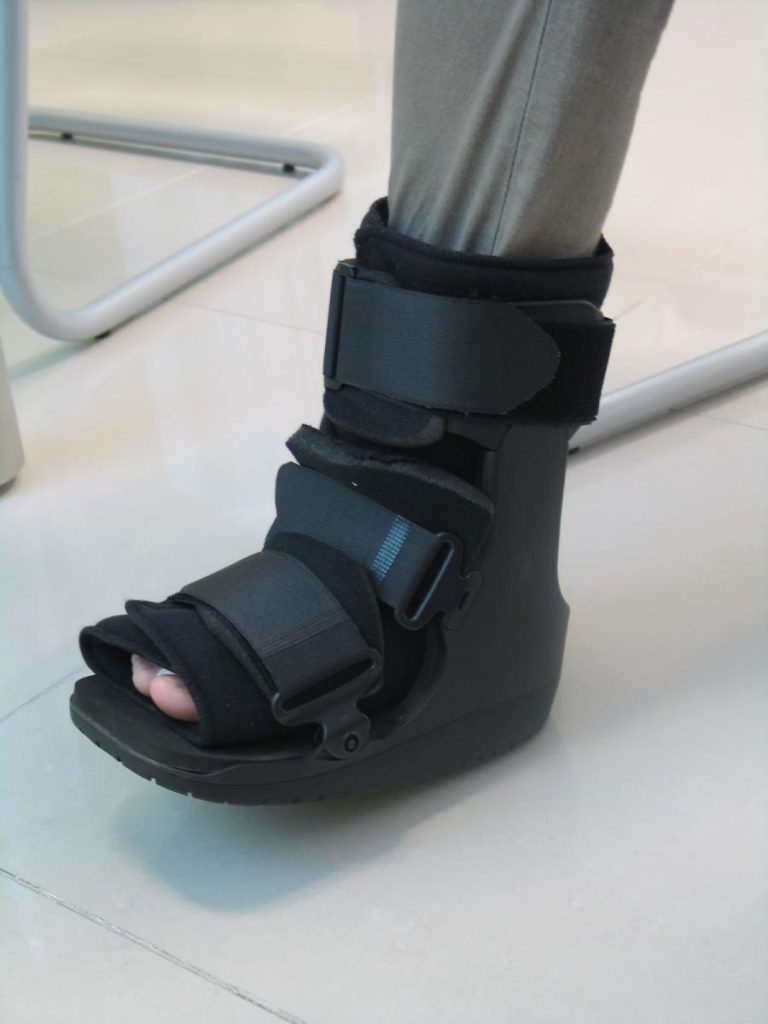13 January 2012
•2 minute read
Gastrocnemius Muscle Tear(Calf Tear)
The patient was a 46 year old man, referred from his neighborhood GP.
The story was that he was helping a friend push a stalled car. While doing so, he heard a “snapping” sound from the back of his right leg. This was accompanied by pain; however he still managed to limp back. Back home, he applied some ice onto the leg (good for him), the swelling and bruising didn’t appear until the next morning.
He related the story to me on the initial visit, nine days after the injury. Why nine days? Well apparently I was the fourth medical professional he has sought, the 3rd one being the GP who finally referred him here.
Listening to his story carefully, my initial suspicion was that he may have torn his achilles tendon. However a complete tear would render him almost incapable to walk; he was limping to my clinic, sure, but not to the extent that he had to be wheeled into the room.
Examination of his leg showed some swelling of his lower leg, with bruising around the ankle and foot. Tenderness could be felt around the calf muscles. There was no palpable defect on his achilles tendon indicating a torn tendon nor was Simmons test positive for achilles cut.
So that rules out an achilles tendon injury.
Hmmm…
An ultrasound or MRI scan would help in this matter. I promptly sent him across the hallway to see the radiologist requesting for an ultrasound of his calf muscle, failing which we may proceed on to do a MRI scan.


The ultrasound report noted fluid/blood collection within the medial gastrocnemius (calf) muscle, which in the light of the patient’s history, confirmed the patient’s diagnosis:
Gastrocnemius muscle tear (calf tear)
As in this patient, the diagnosis can be confused with an achilles tendon rupture. However as explained above, palpation of the achilles tendon should demonstrate an intact tendon. In any case, imaging studies such as ultrasound and magnetic resonance imaging (MRI) can be useful to ascertain the diagnosis.
Only conservative management is required to treat ruptures of the gastrocnemius muscle.
RICE (Rest, Ice, Compression, Elevation) therapy together with adequate analgesics are the mainstay of treatment for the first 24-72 hours after injury. Ambulation withcrutches is advised with gradual weight bearing in the following weeks. A walker-type brace can be used. Physiotherapy is initiated as soon as the patient feels comfortable out of the walker.

A walker type brace – patient would need a longer version
Swelling and bruising should gradually decrease over the next couple of weeks. Recovery may take up to 6 weeks or more depending on the severity of the injury. Patients can expect a full recovery provided that the rehabilitation protocol is followed.
Share:
Was this article helpful?
13 January 2012
•2 minute read
Gastrocnemius Muscle Tear(Calf Tear)
Articles and Video
Learn more about Orthopedic in Columbia Asia
Learn MoreShare:
Was this article helpful?
Health Packages
Elevate your health with tailored health packages at Columbia Asia Hospital. Take charge of your health journey today.
Pink October 2024
From
RM80

